Your cart is currently empty!
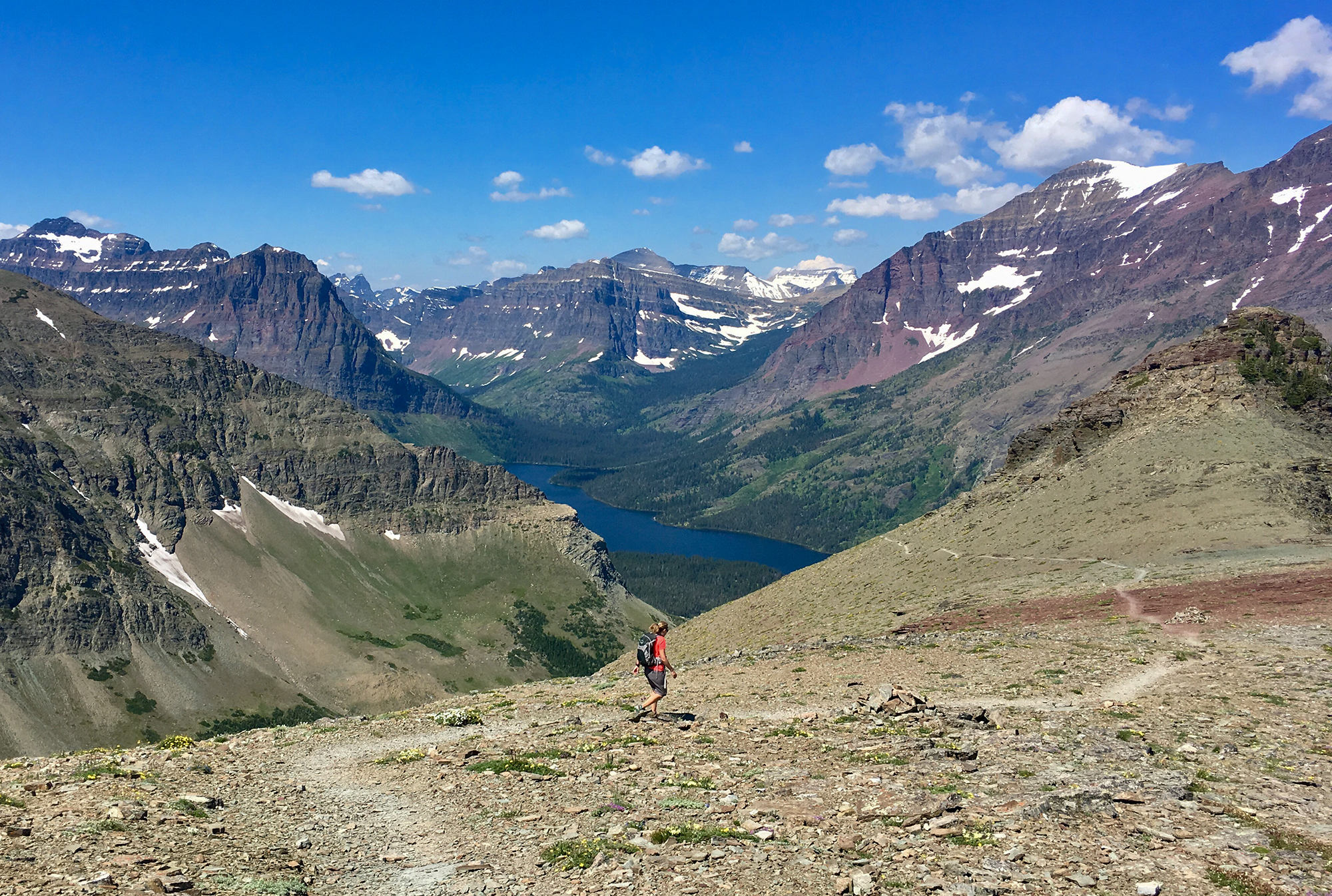
How to Prepare for Mountain Hiking (Especially if you live in flatland!)
—
by
Preparing for Mountain Hiking
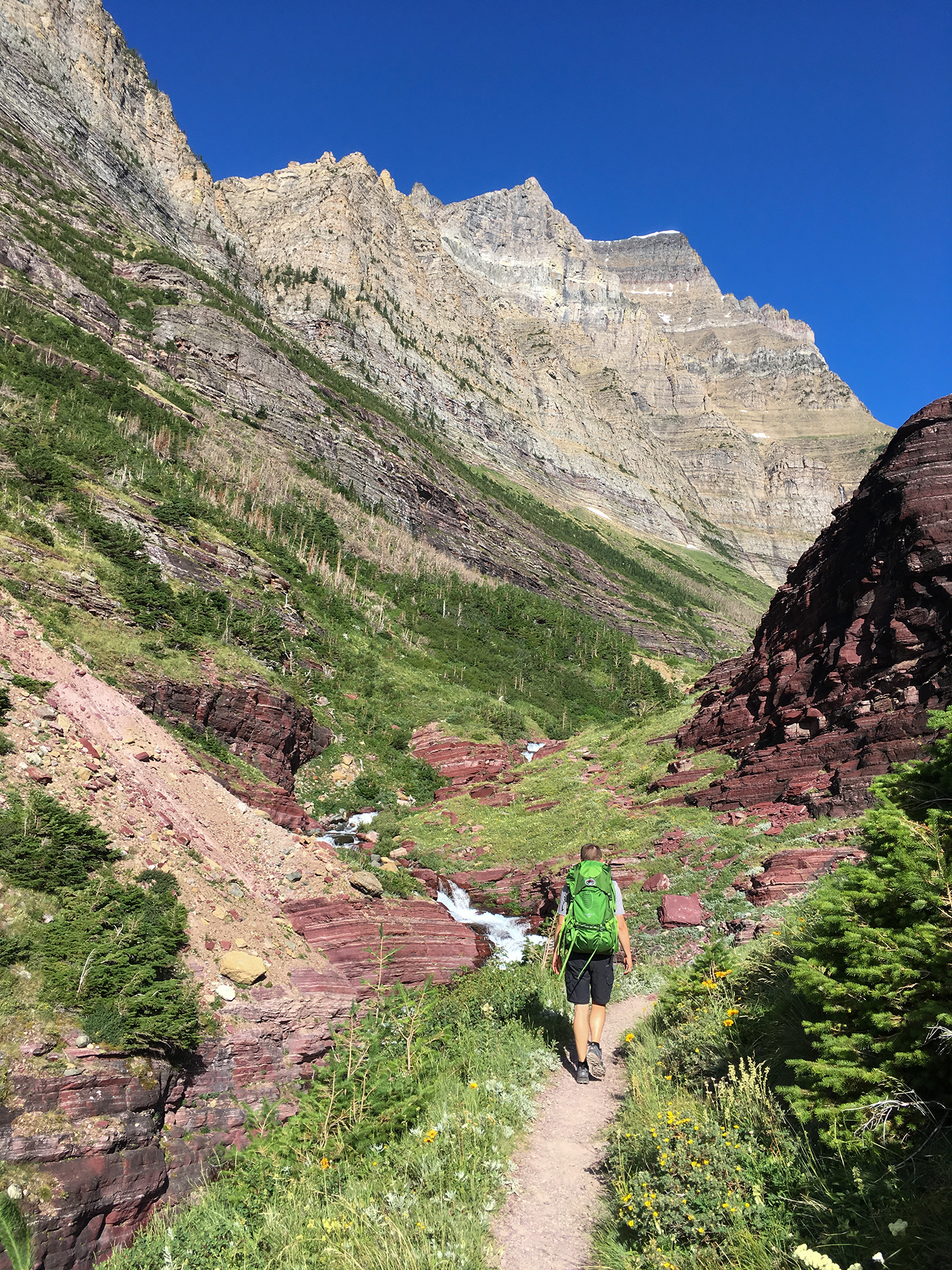
Living in a flatland area doesn’t necessarily put you at a disadvantage when it comes to preparing for mountainous hiking. However, it may require a bit more creativity with your workouts to ensure that your body is ready for the demands of steeper trails and elevation changes.
The workout focus and 3-part training formula that I recommend for all my hiking clients is the same— no matter if you live in northwest Montana or Ohio. And, the same principles apply regardless if you’re new to hiking or have been exploring trails for decades!
Any hiker who wants to reduce the risk of injury, have enjoyable hiking experiences, and be confidently prepared and fit for the trail MUST dedicate time to their hiking fitness.
3-Part Workout Formula for Hiking Fitness:
1. Cardio
If you live in a predominately flat area, it presents a slight challenge when it comes to the cardio training aspect of preparing for mountainous hiking, only in that it might feel a bit boring compared to somebody who has access to hilly or mountainous trails nearby. However, embrace the challenge by viewing it as an opportunity to build not only physical fitness but also mental toughness— both are very beneficial when hiking in the mountains!

In addition to improving your aerobic capacity and getting your body used to walking long distances you’ll also want to make sure you are engaging in cardio activities that will build appropriate leg strength and stamina needed for elevation changes. Below, I’ve listed some excellent, weight-bearing cardio workout options for people who don’t live near a mountain.
Hill or Stair Repeats
Find a hilly or rolling terrain area, steep hill, or any kind of ramp. (It’s best if the ground is somewhat uneven to simulate actual trail conditions. Uneven ground helps train and develop muscles that are key for stability and balance, which are important for injury prevention.)
If you can’t find a suitable hill, look for stairs that are available for public use. Stadiums, amphitheaters, high-rise buildings (hotels, apartments, condos, office, public buildings like libraries) could all be viable options.
- Walk or jog uphill for a set time or distance, followed by a downhill walk of equal time or distance. Repeat the process anywhere from 4-12 times depending on your fitness level and your hiking goal. When using a flight of stairs, try occasionally altering your step height by take two steps instead of one.
- Track your elevation gain and distance with an app like All Trails or Strava, and/or use a wearable fitness device with altimeter and GPS features. Work to increase the amount each week by about 5-10%. Wear your backpack and gradually increase pack weight.
- PRO TIP: Don’t increase all variables (elevation, time, distance, pack weight) at once.

related article: Learn how to apply the “progressive overload principle” TO BOOST YOUR FITNESS
Incline treadmill or stair-master
Walking on a treadmill or stair-master are okay options, especially if you’re in a gym setting. However, training on these types of cardio machines are suboptimal for a few reasons. 1) They don’t allow for training the descent—downhill hiking can be very taxing on the body, so you want to prepare for that as well. 2) They are static and don’t mimic uneven terrain of a trail. 3) The step on a stair-master actually drops as you step onto it— which isn’t typical of trail walking.
take a road-trip
Plan a weekend road-trip to the closet mountain or hilly area. Explore a new trail, wilderness area, or park as you get your legs accustomed to uphill and downhill travel.
sand or snow
The added resistance created by sand or snow will increase the intensity of your workout and make the muscles work harder. Additionally, these materials are soft and unstable so it requires activation of important stabilizing muscle groups.
try adding HIIT
High Intensity Interval Training (HIIT) is another form of cardio conditioning that helps improve heart and lung function, builds aerobic capacity, and increases VO2 max.
There has also been some research to suggest that HIIT can help with high altitude acclimation.
PRO TIPS: 1) Always check with your healthcare provider to make sure you are healthy and fit enough to engage in high intensity workouts. 2) HIIT can be very taxing on the body so make sure to limit it to one season per week and allow for adequate recovery.

Related Article: cardio fitness/aerobic training
2. Strength & Stability
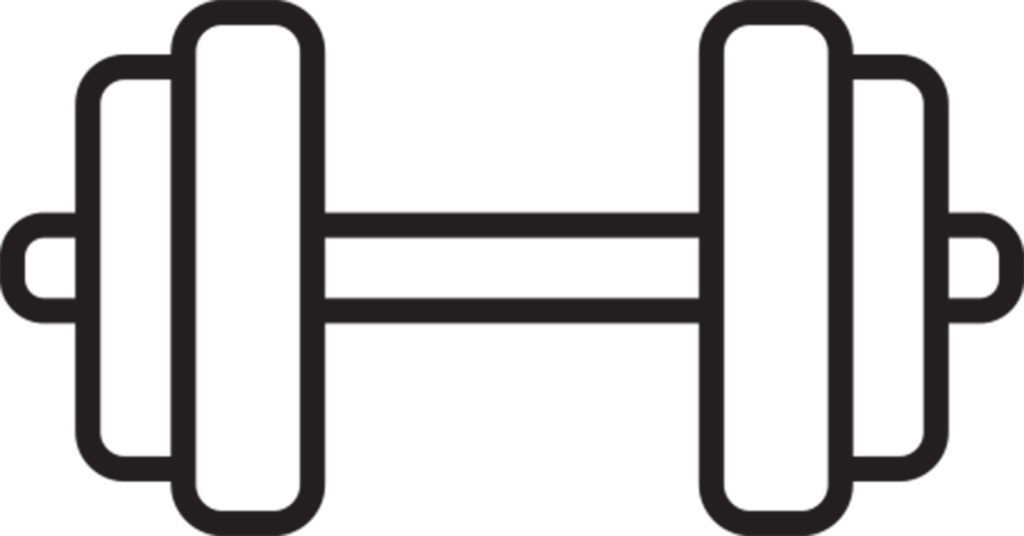
Remember it’s the descent that you’re preparing for just as much as the ascent. You’ll want strength and endurance in the muscles to power up a steep trail. PLUS, you need strength and stability in the muscles to assist with the downhill— protecting your knee joints and minimizing the risk of injury.
Exercises to include in your strength and stability training are those that mimic sport-specific, functional movements. Examples of this would be the Step-up exercise and Calf-raises.

Related article: The importance of strength training

related Article: restoring proper muscle activation
A total-body approach, including core, lower-body, and upper-body exercises, is the best way to unlock your full potential as a hiker and reduce the risk of injury on the trail.
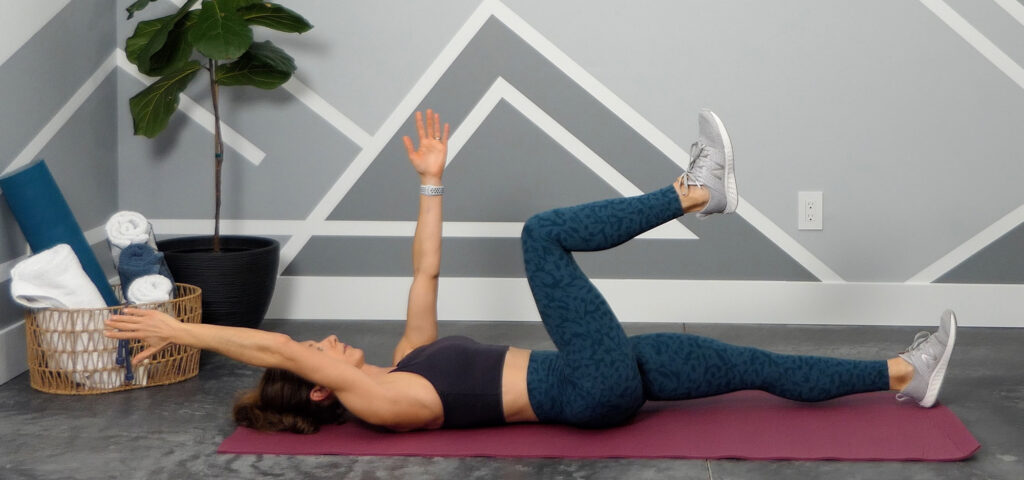

related article: The importance of core stability
3. Mobility

Mobility training provides benefits to everyone! Your mobility (or lack thereof) plays a significant role in how your body feels and how it responds to exercise and movement.
Adding mobility exercises to your workout routine will help restore better movement, reduce the risk of injury, and alleviate nagging aches and stiffness— on and off the trail.
Start Training NOW!
It’s never too early, and it’s not too late to start training— any preparation is better than none. However, I can guarantee that the more you do to prepare the more enjoyable and safer your hiking experiences will be.
Also, remember to allow for rest and recovery in your training schedule. Additionally, it’s important to taper your workout intensity 2 weeks leading up to your planned hiking trek— You don’t want put all that hard work of training, only to then “burn out” during your big adventure.
Want even more hiking related exercises and information?
- Check out additional articles on my fitness blog.
- Sign up (see below) for my Hiking Fitness Newsletter (BONUS: You’ll receive my ebook “Trail Body” for free!)
- And, if want even more hiking related exercises, weekly training schedules, and instructional videos… enroll in my HIKE-ABILITY Training Program. It’s designed specifically for hikers who want to be confidently prepared and fit for the trail.
The (mountainous) trail awaits… let’s get ready for it!
Kristen, CPT and creator of the HIKE-ABILITY Training Program
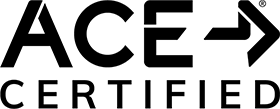
Disclaimer: All information, content, and material (including associated text, videos, and links) on this website is provided in good faith and is for informational and educational purposes only. It is not intended to serve as a substitute for the consultation, diagnosis, and/or medical treatment of a qualified physician or healthcare provider. All exercise has inherent risks. Before beginning any type of exercise, please consult your health care provider.


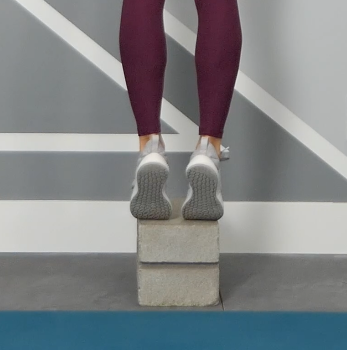

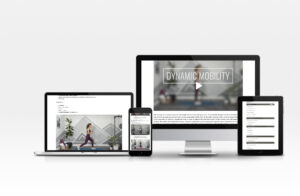

Leave a Reply